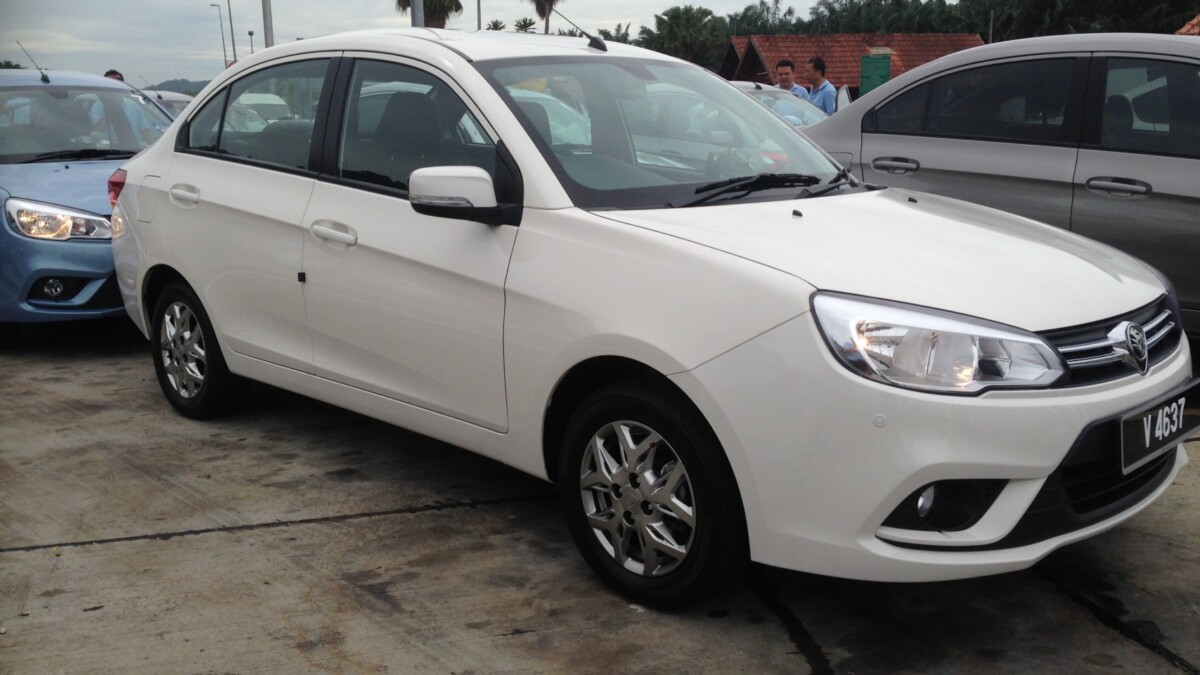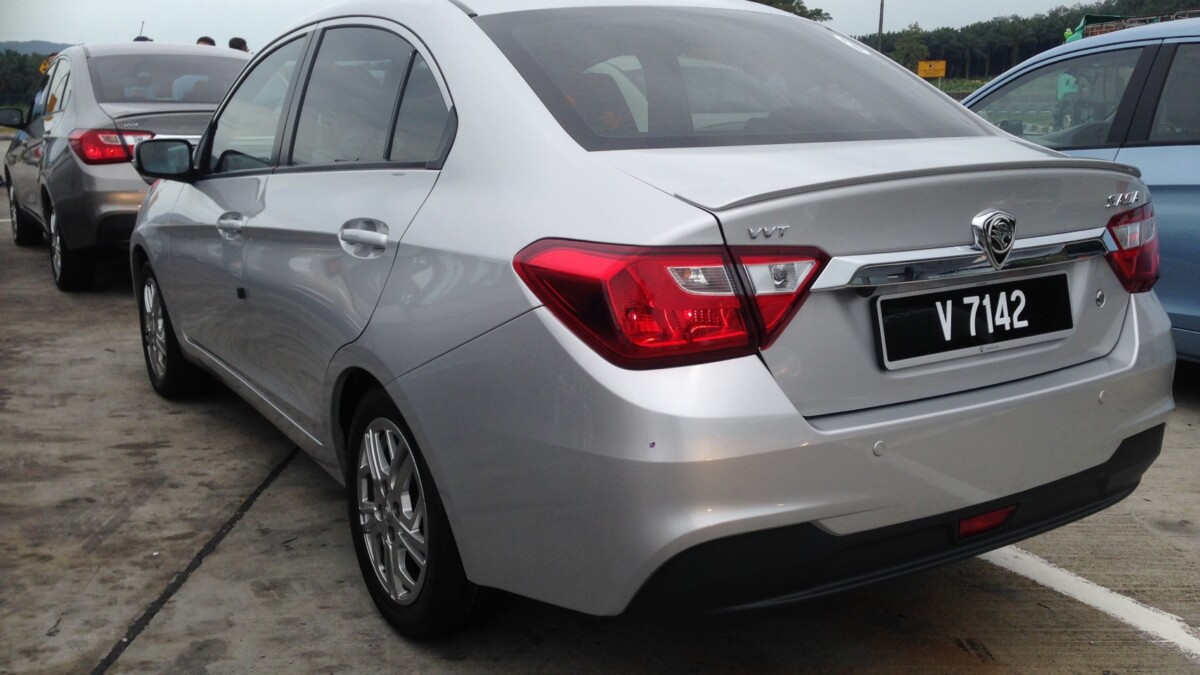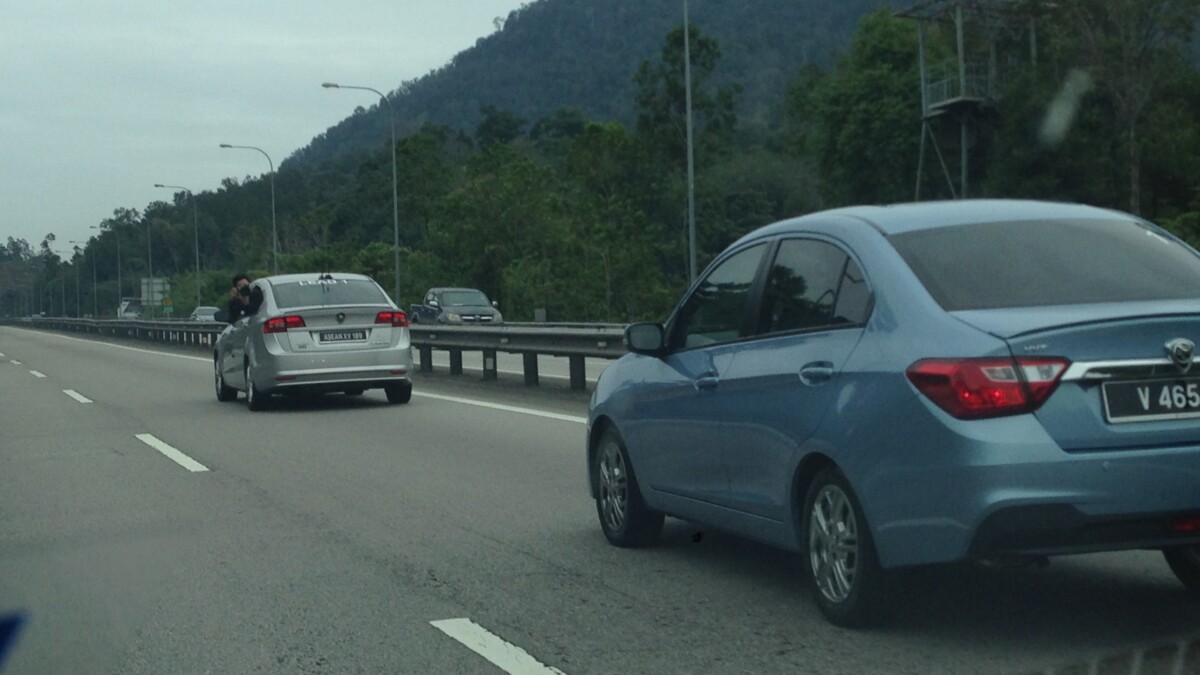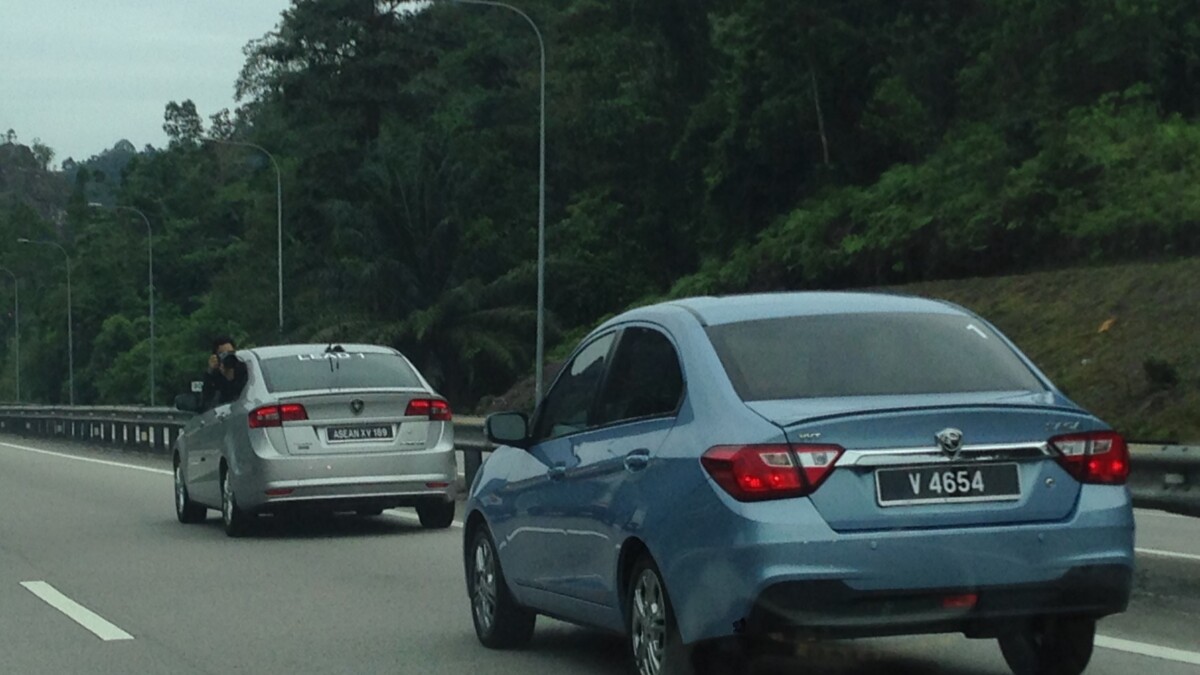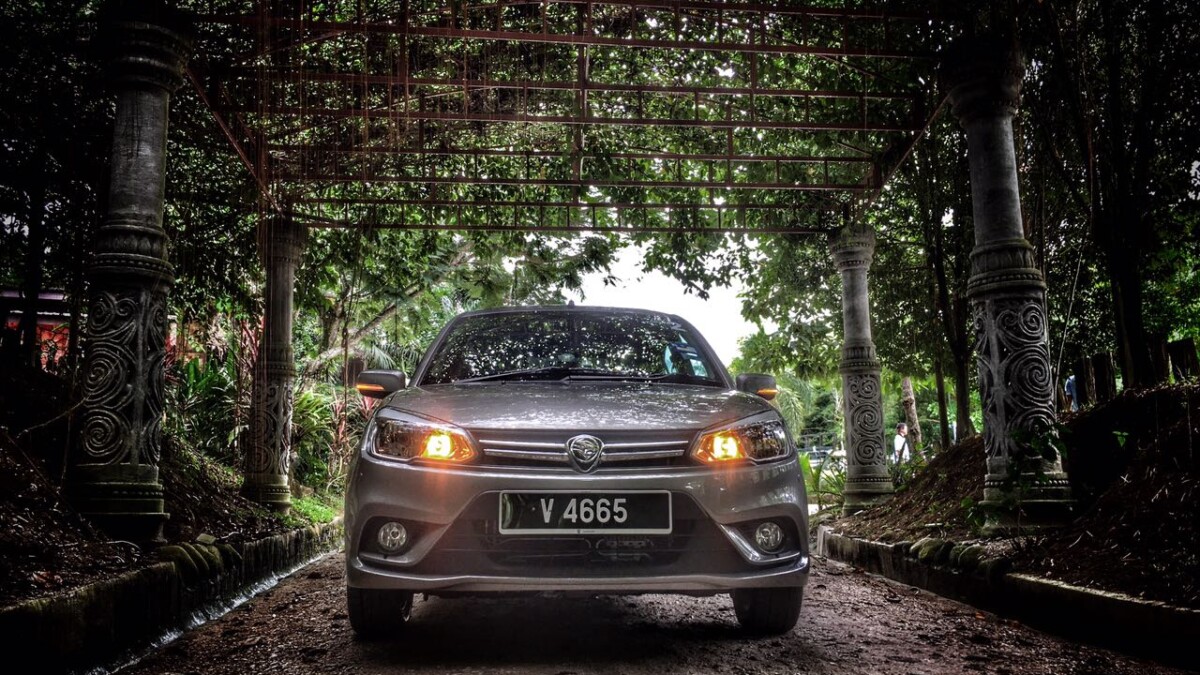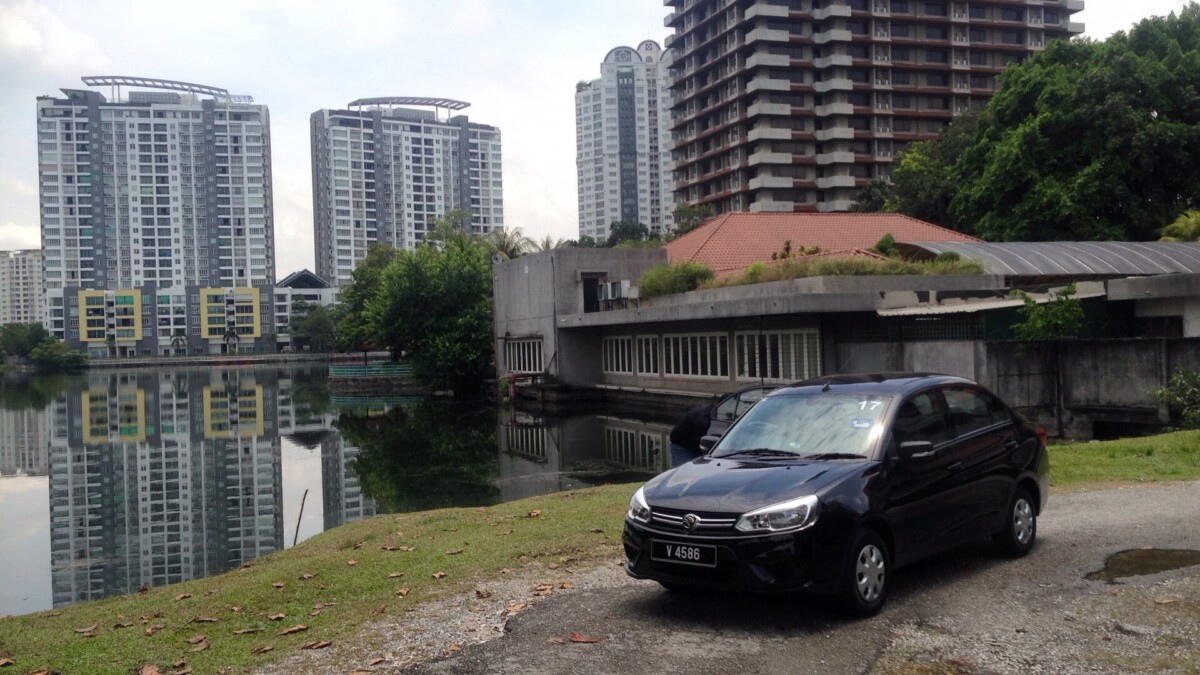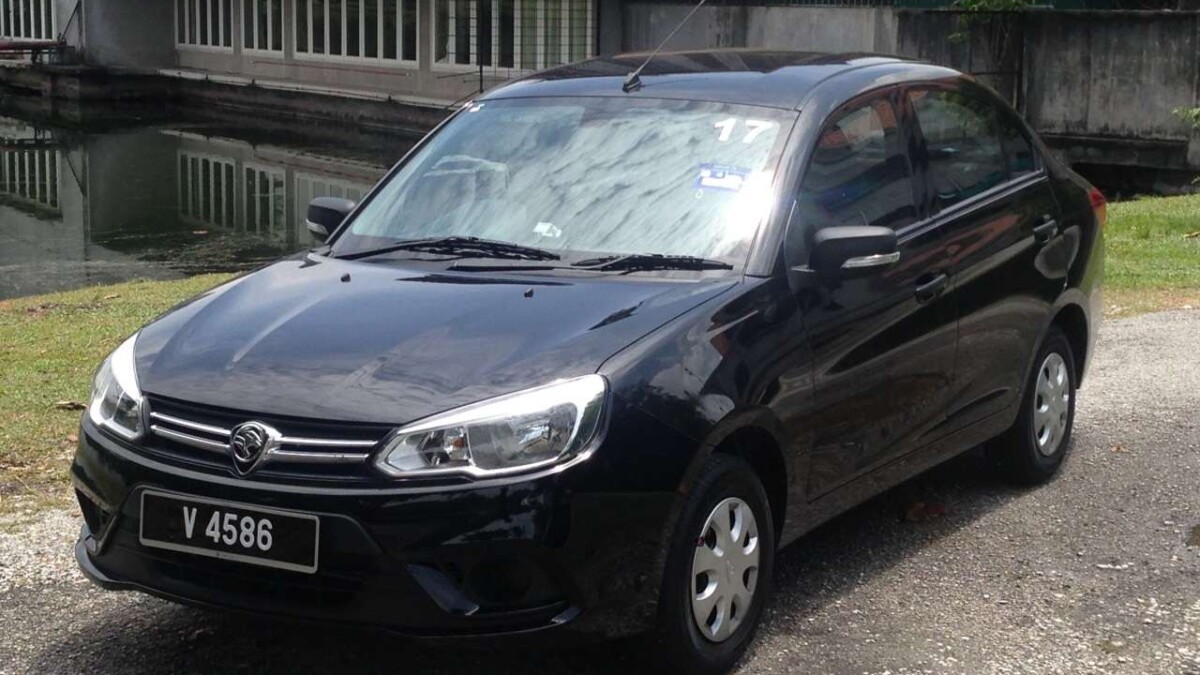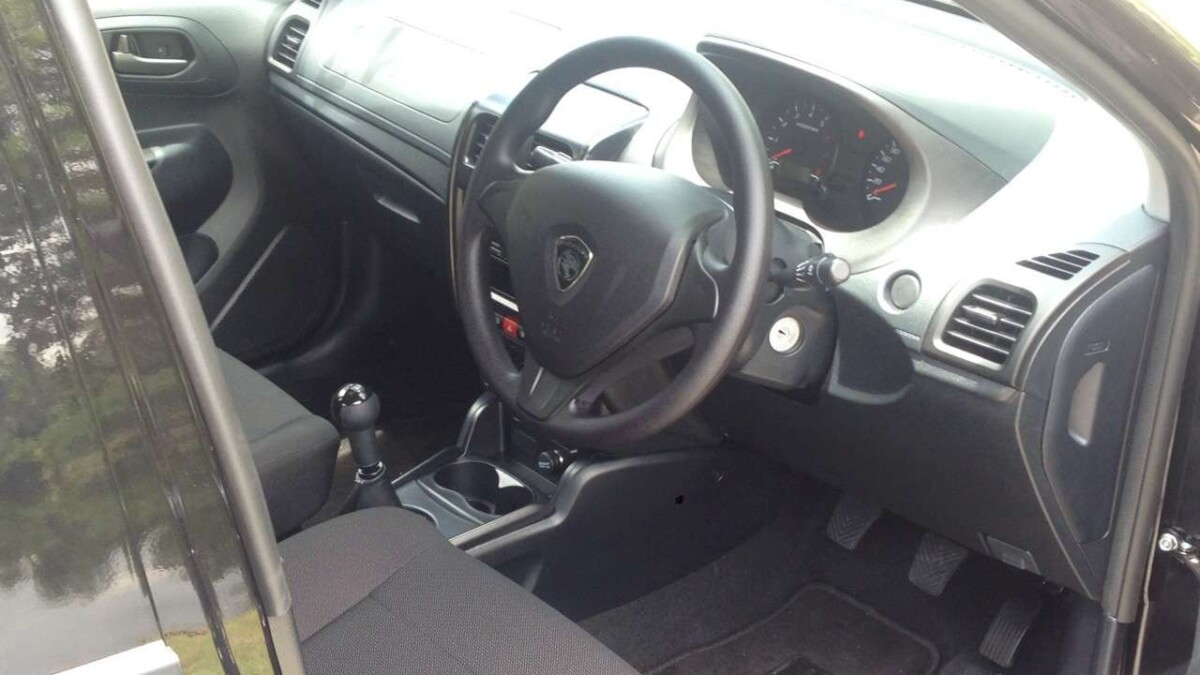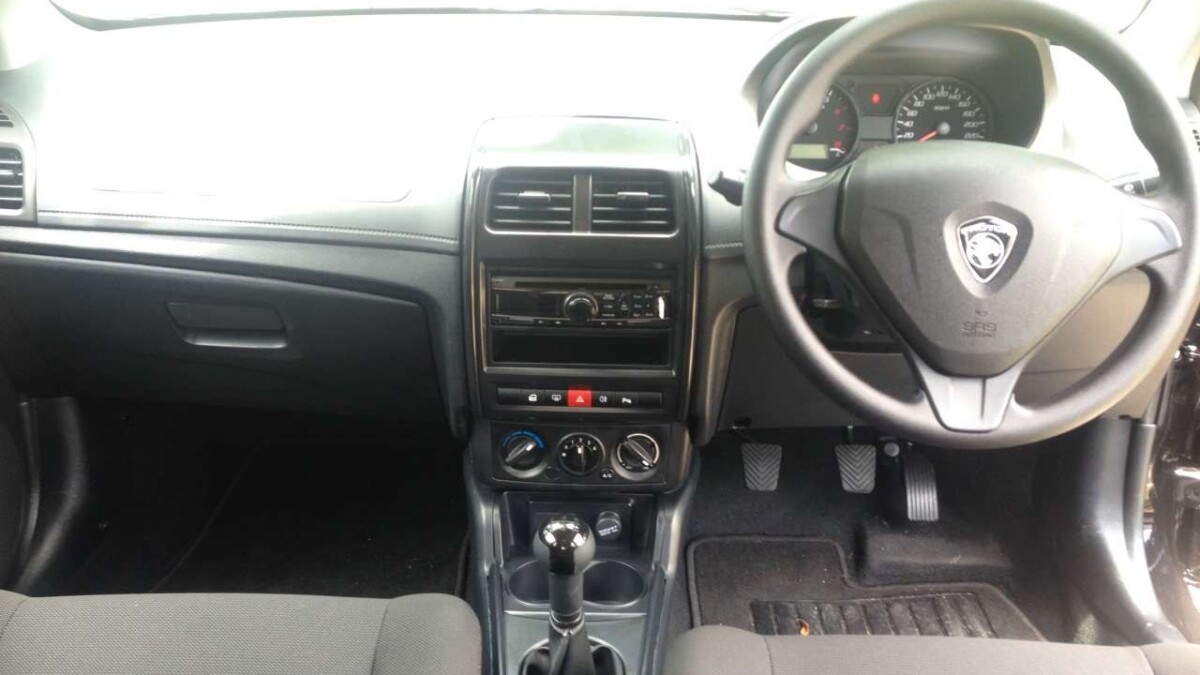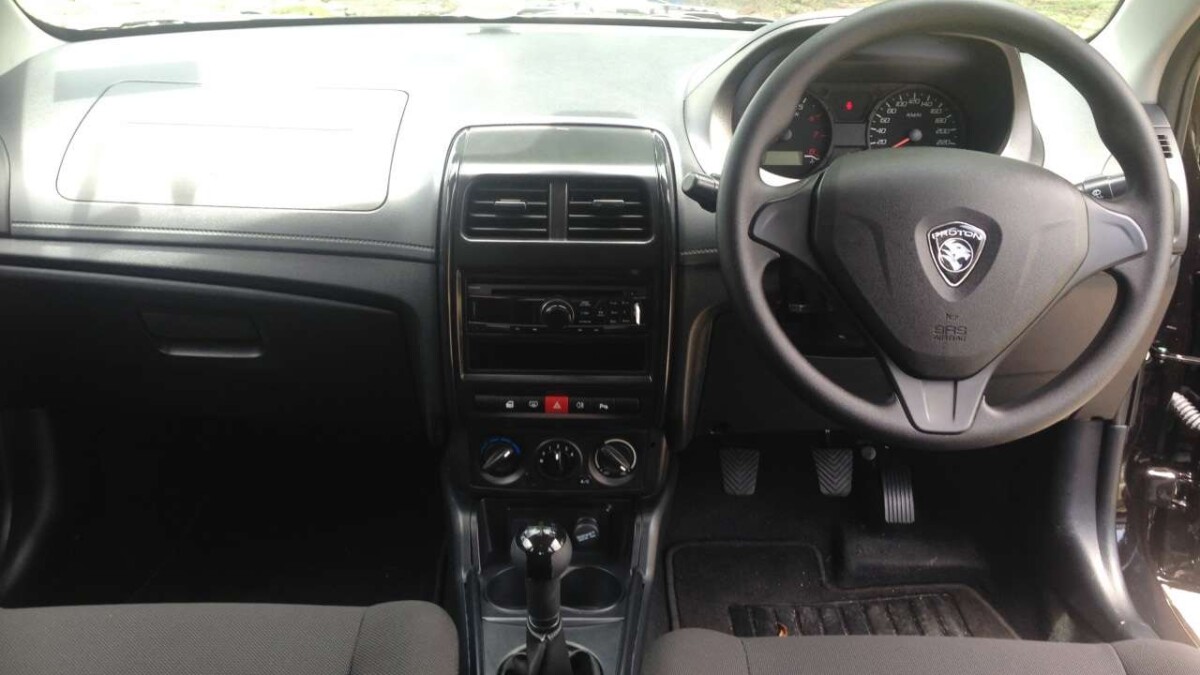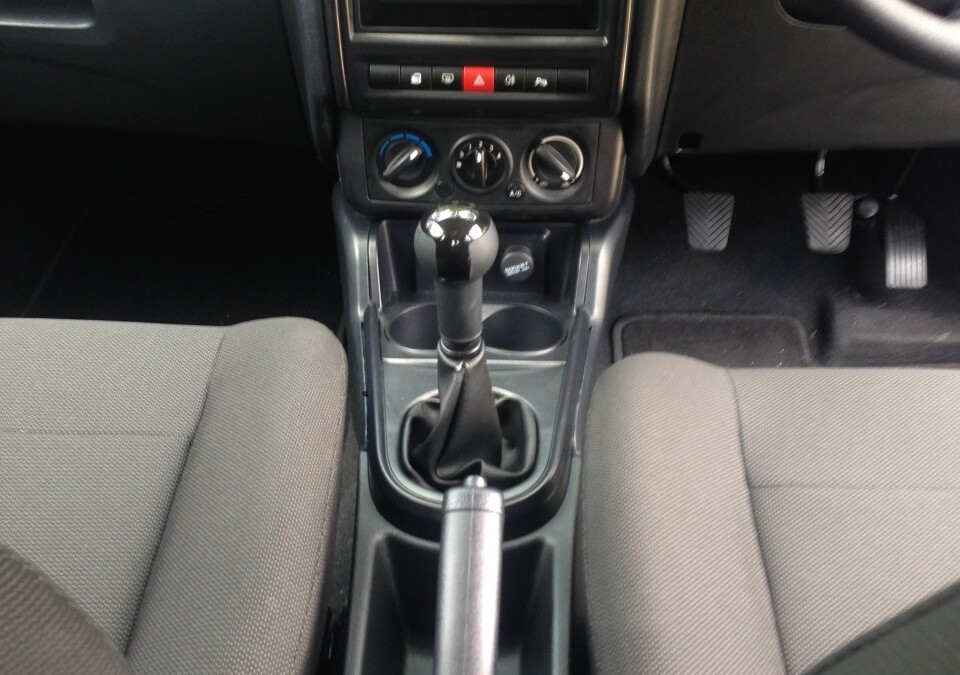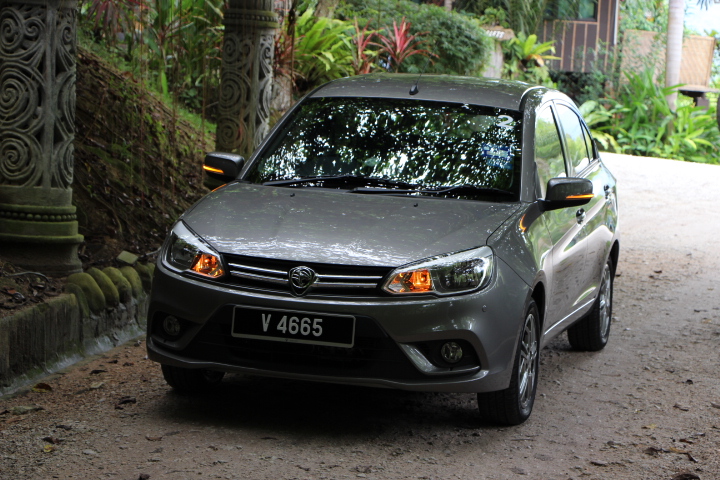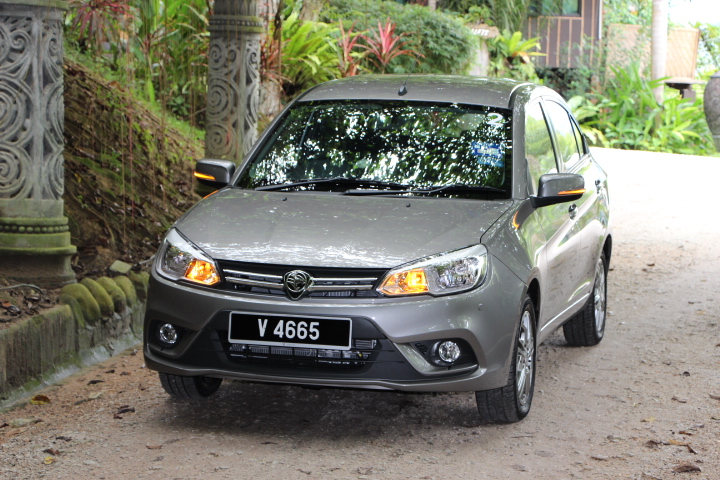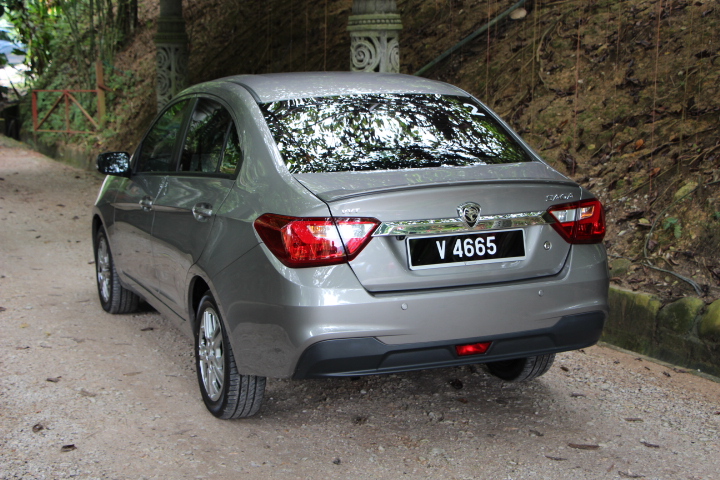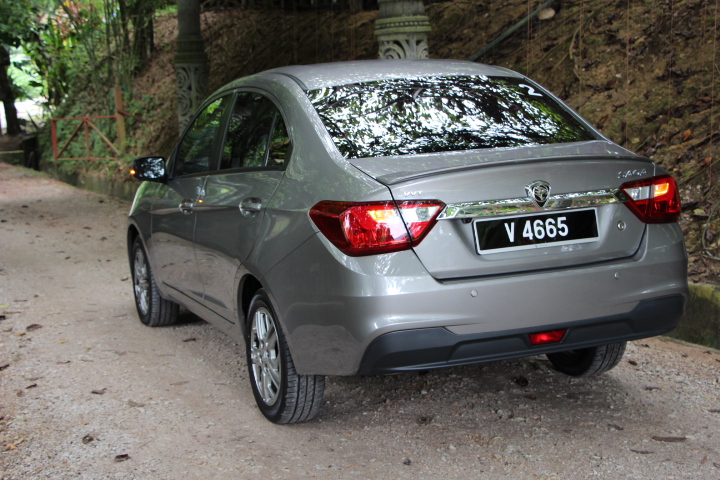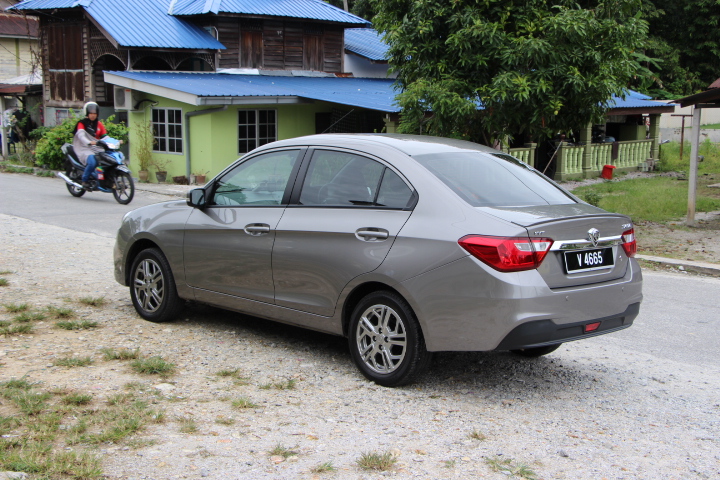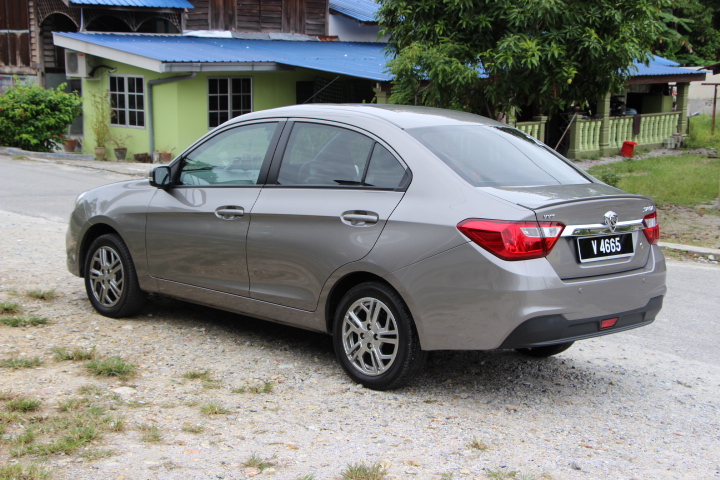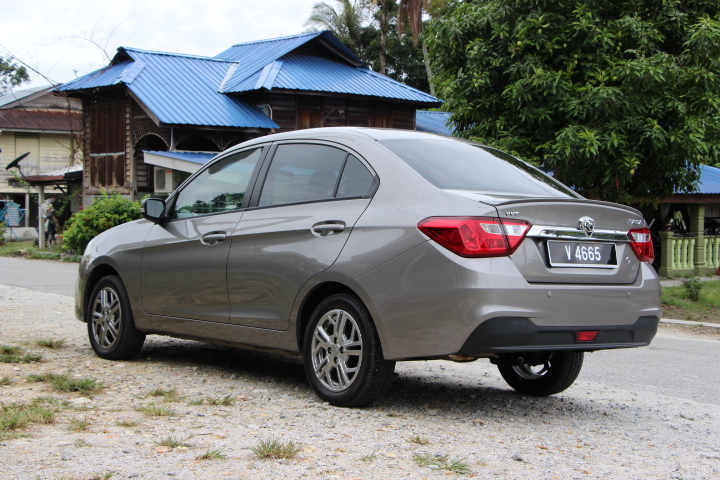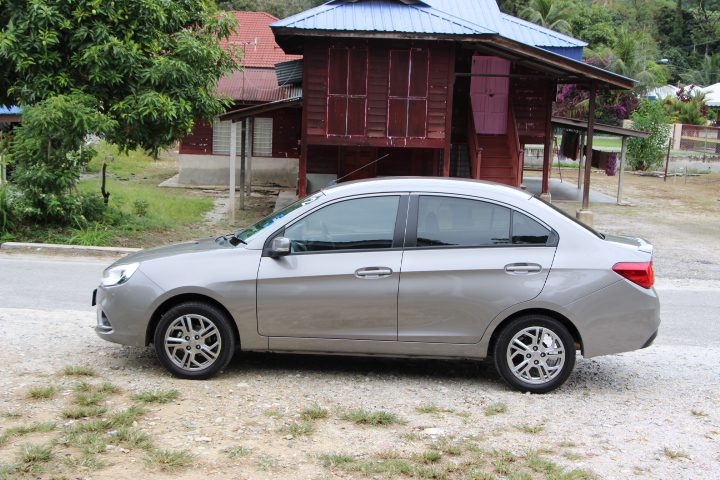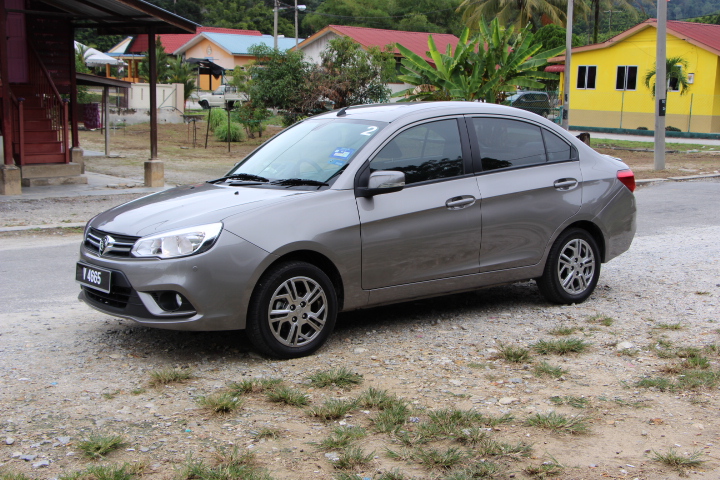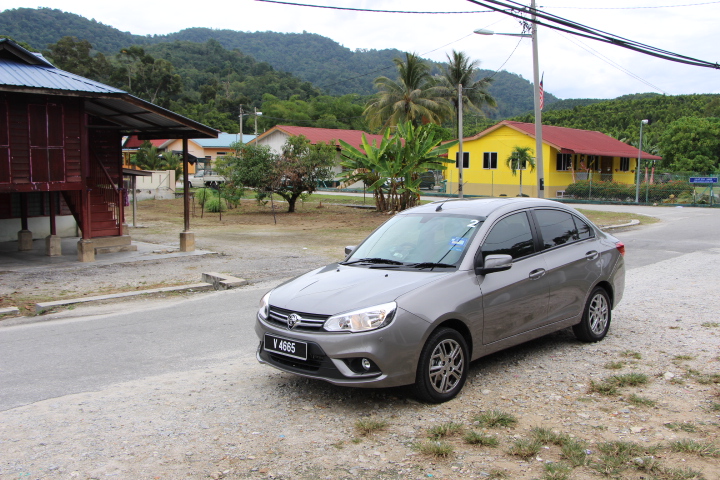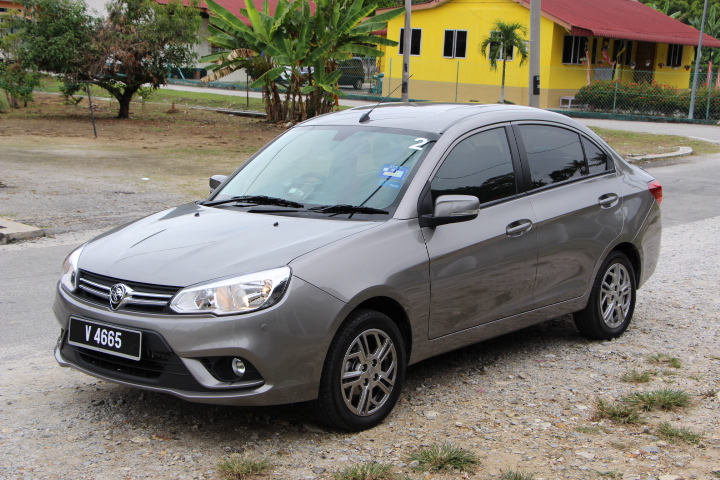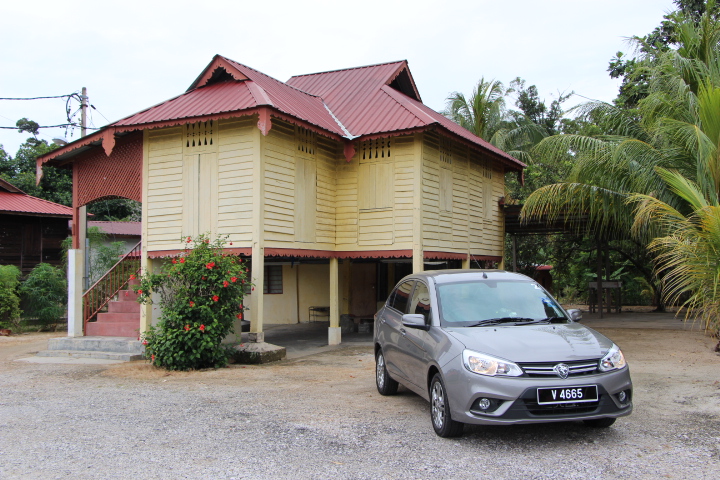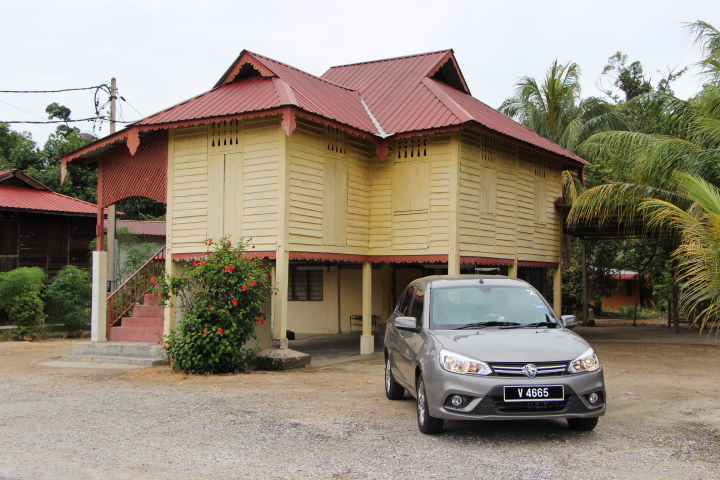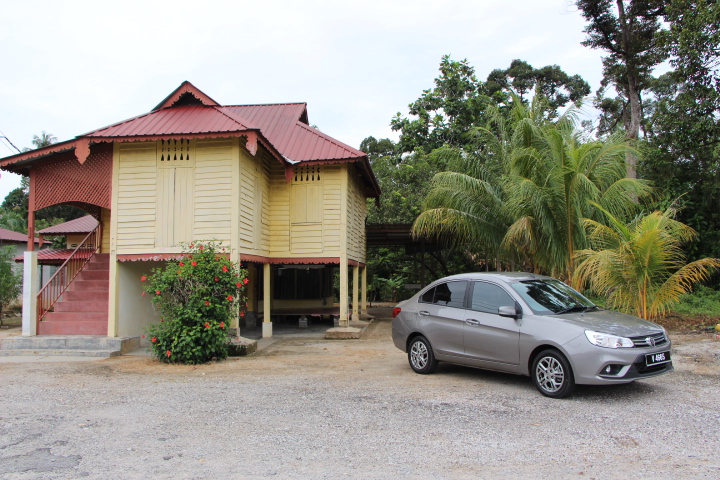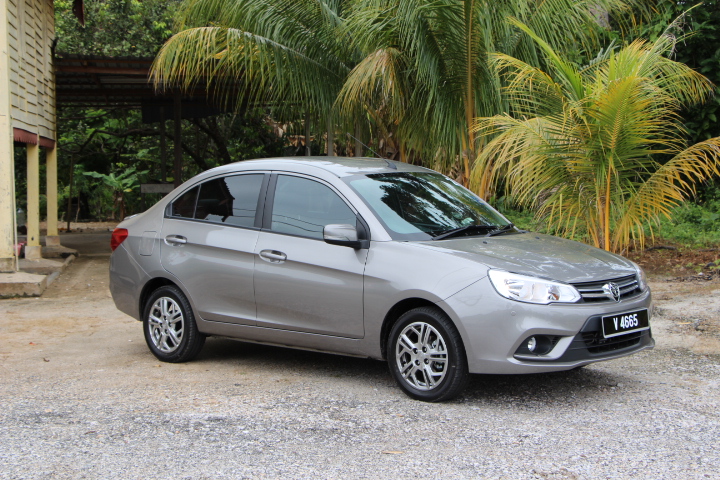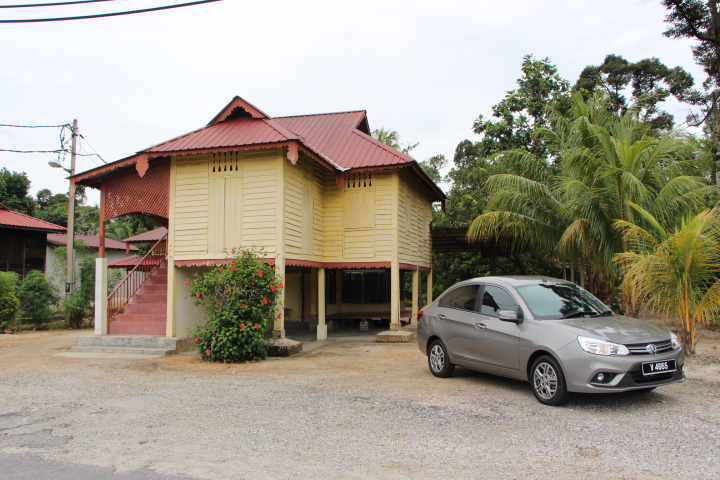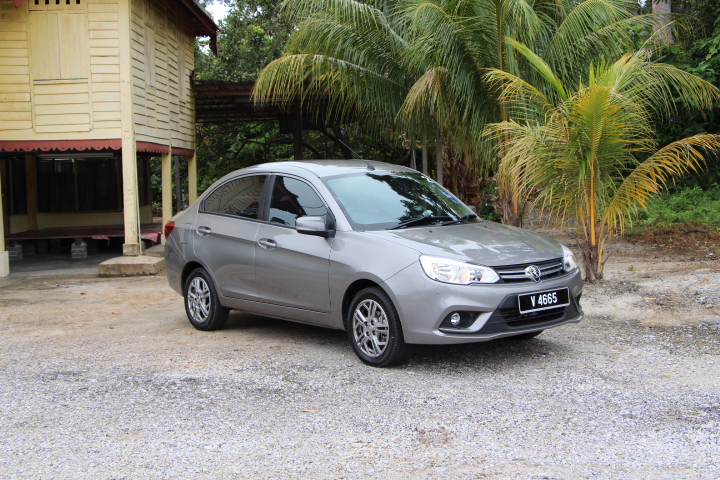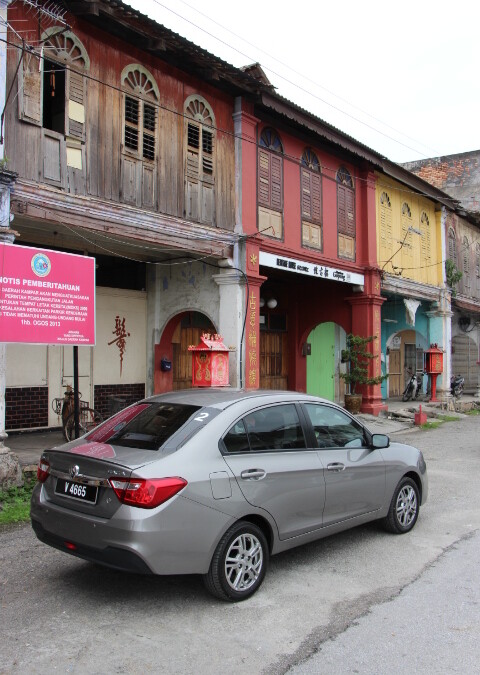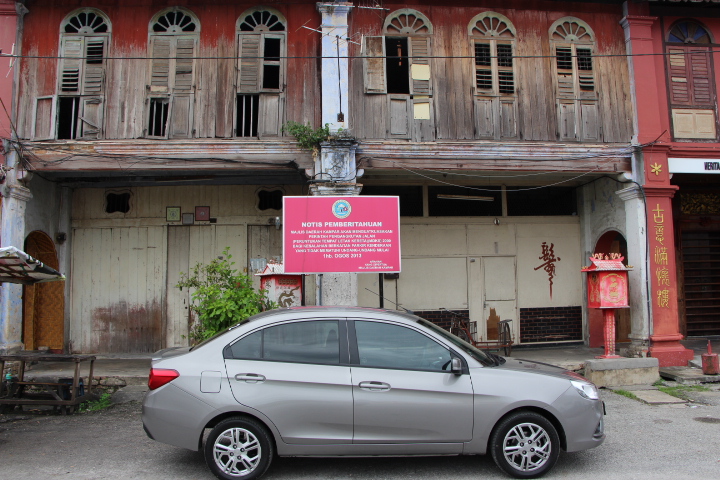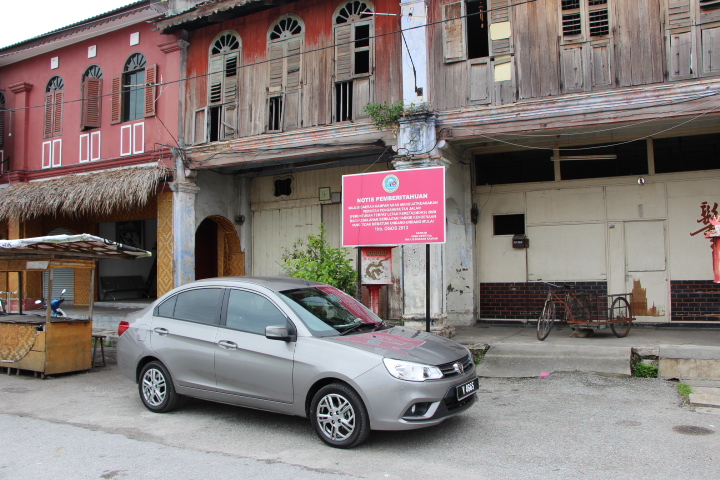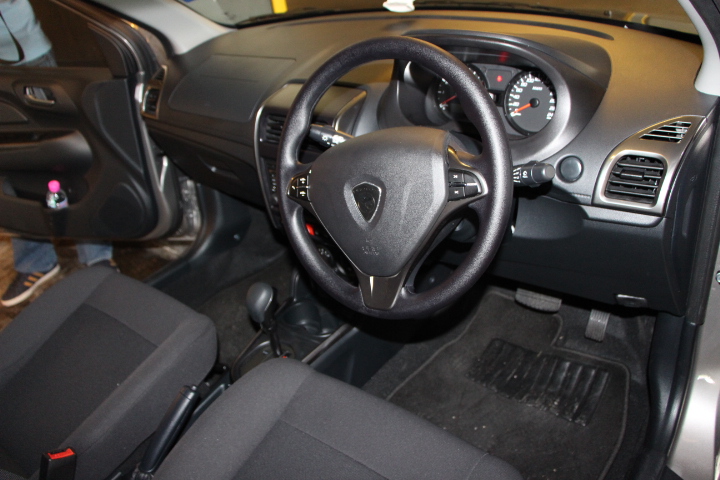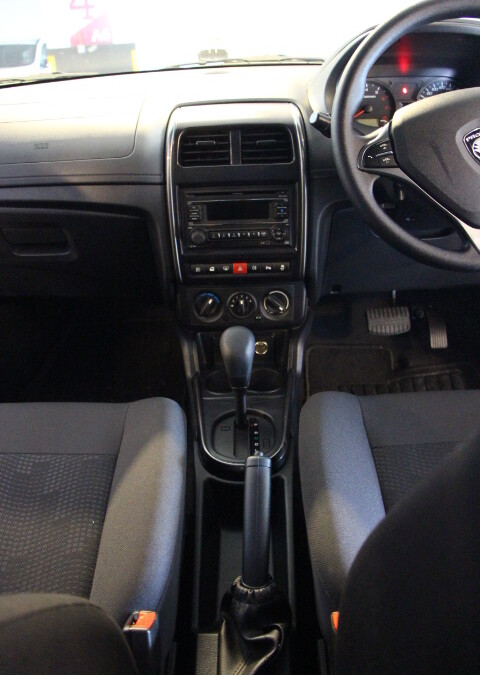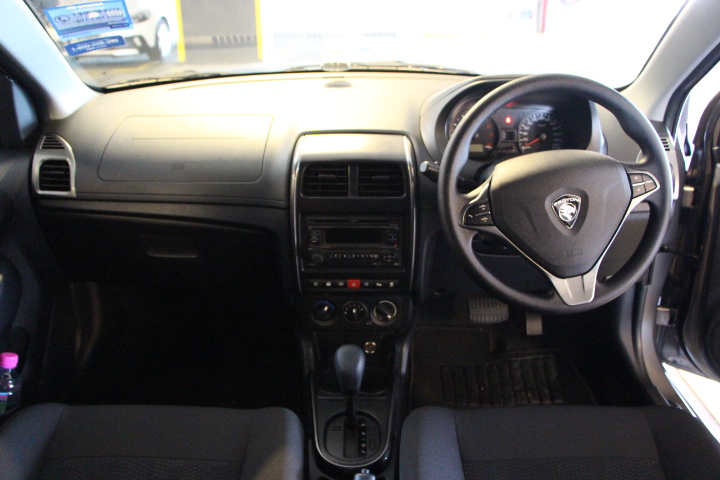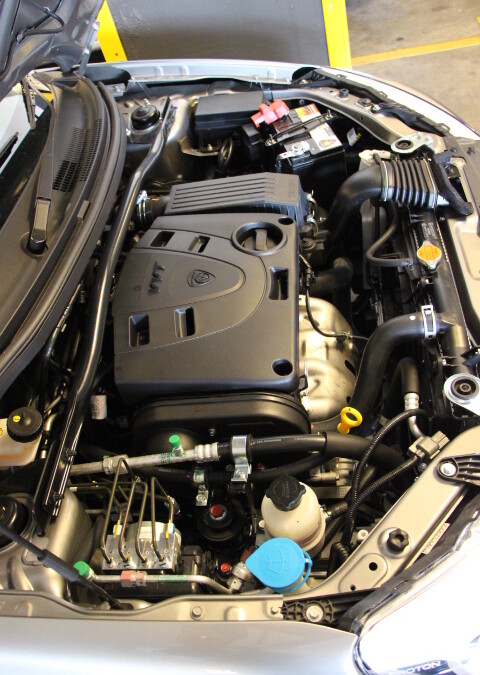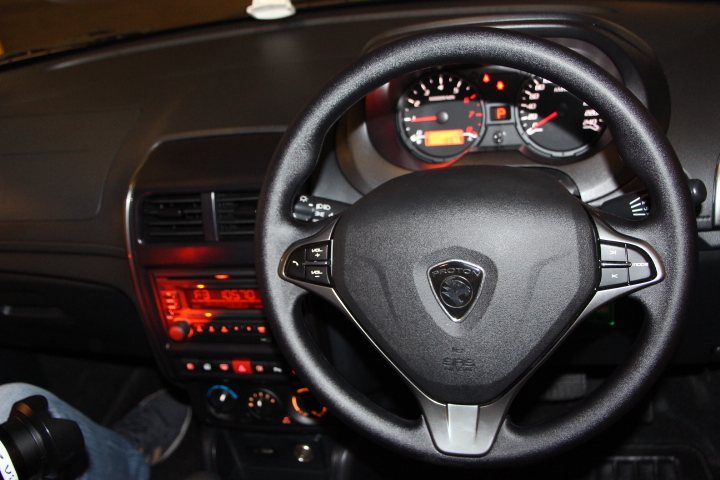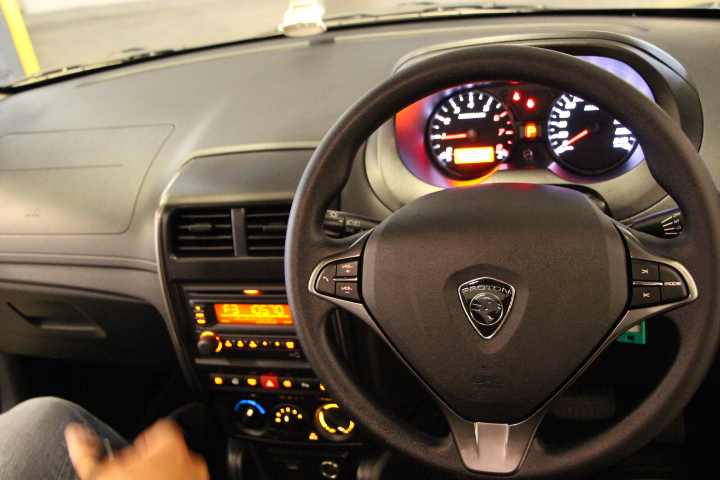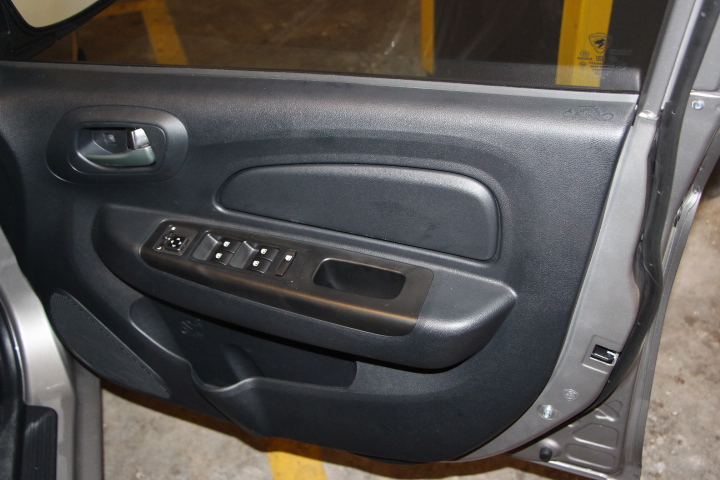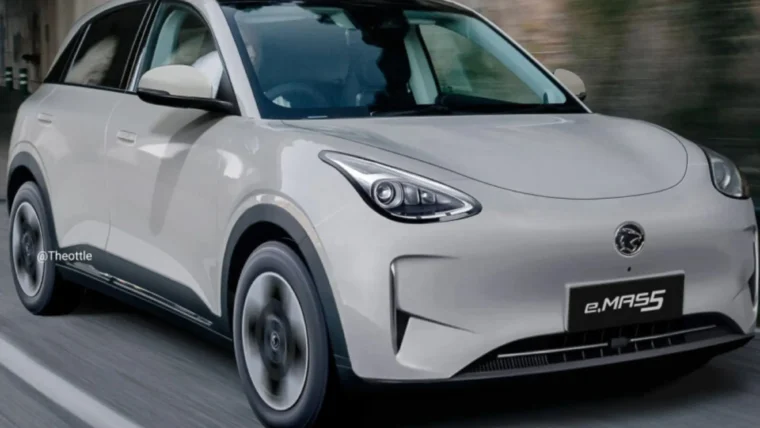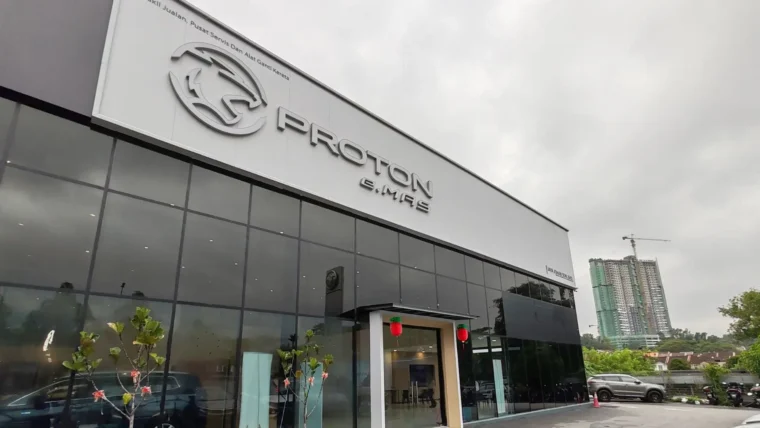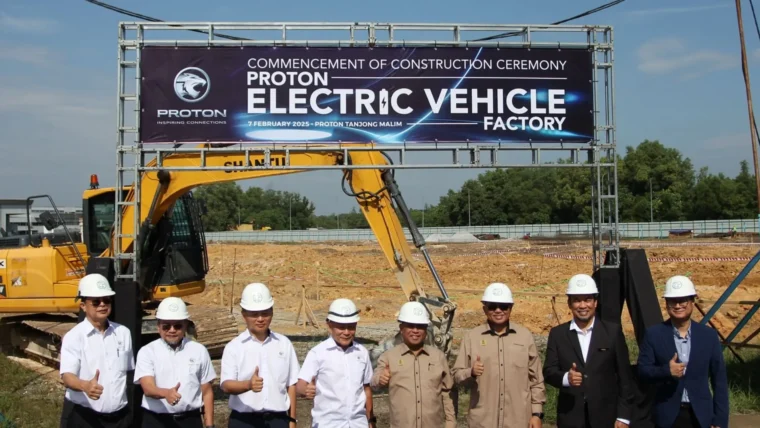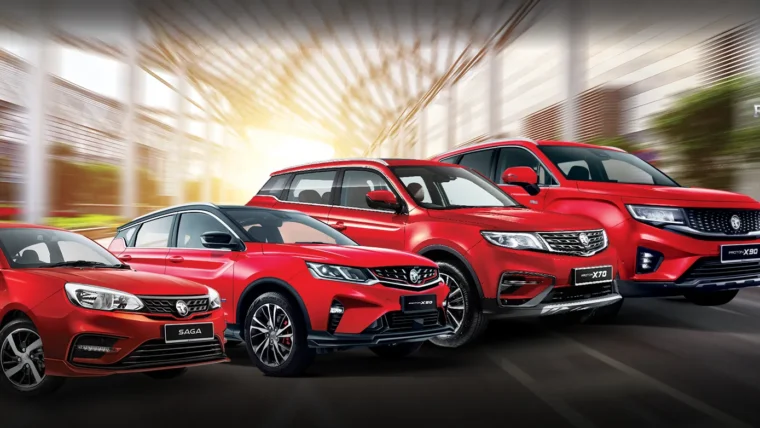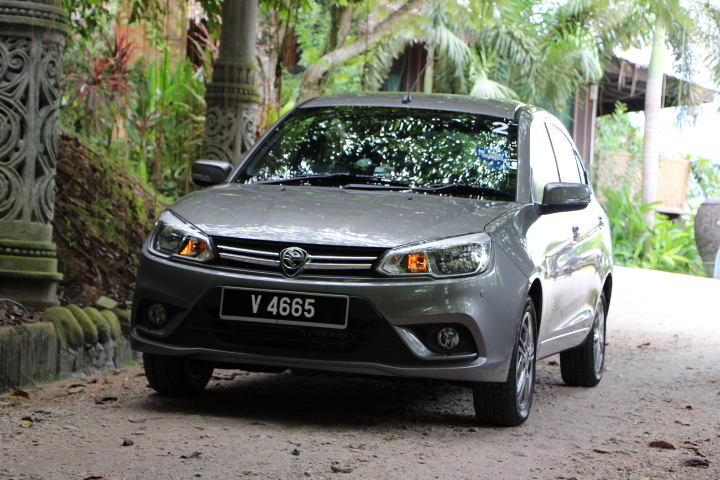
Attention! All you #hatersgonnahate, well, y’all should just stop reading this NOW, ‘cos you ain’t gonna like what I have to say, but I’m gonna say it anyway… I’ve just spent a few days with the new Saga, and surprise, I’m going to cut to the chase and say it’s a marked improvement over the previous two generations. Actually, that’s also a surprise in itself isn’t it? After more than three decades, the car that started it all for Proton in 1985 has only had three incarnations to date, with this third generation just launched recently.
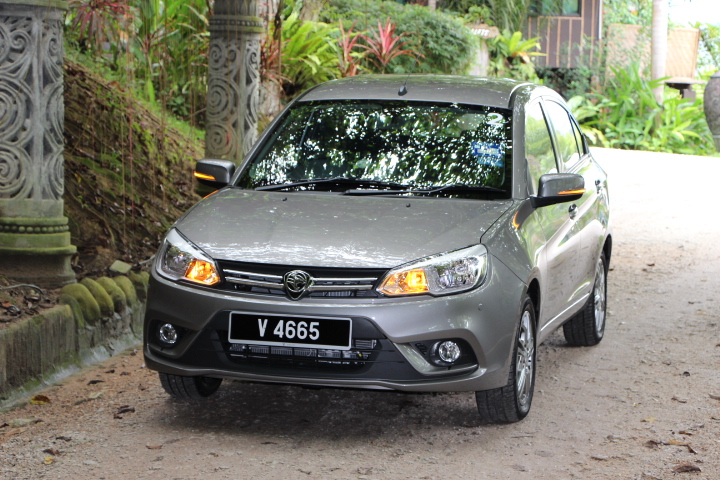
First-off though, let’s take a look at it from the outside. In terms of styling and design, I did mention to the Proton people that this is possibly the first time in my career that I actually prefer the backside of a new car instead of the front. Indeed from the rear quarters, the new Saga does have shades of a ‘mini BMW E90’ in it, something that many of you here have also pointed out in the comments section of AF’s official Facebook page. To my surprise, one of the directors said “Why do you think we’ve been showing it from the back in all the POS posters and banners?” Apparently they prefer the back too!
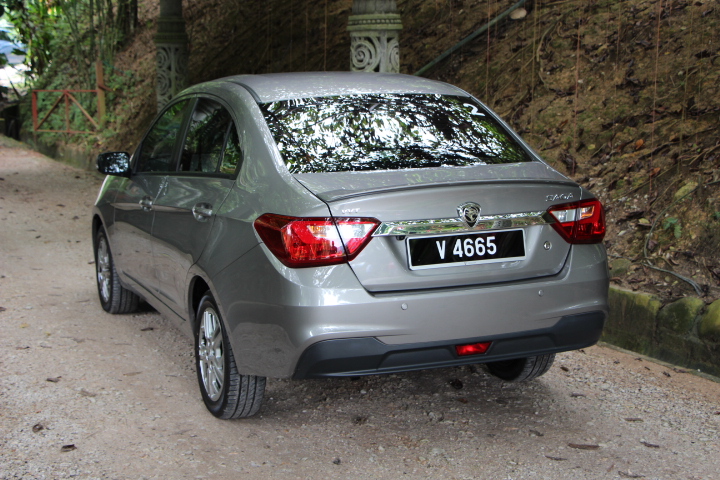
From the front though, there’s not much to distinguish the new Saga from the outgoing Saga FLX, and that’s because – by Proton’s own admission – the front needs to resemble the new ‘family face’ of Proton, something that’s quite popular these days, especially with cars from Volkswagen. Conspiracy theorists may start mulling this now…I’ll wait. This face is actually prevalent on the new Perdana and Persona as well. The new Saga does, however, have much nicer and more streamlined headlights than its predecessor.
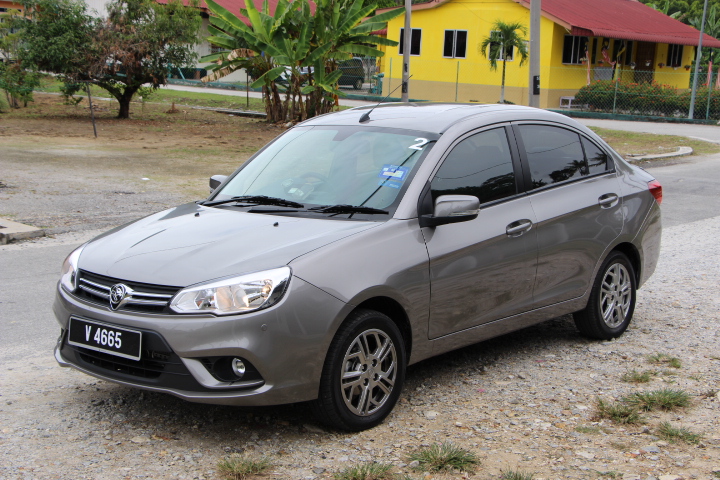
Right. I’m going to hit the brakes now (pun intended) and forget about doing this as a regular car review. You can read that on any other motoring website or publication. No, this is going to be different because unlike ANY other car out there in the Malaysian automotive market, none is as important as the Saga, none. It’s the car that Proton absolutely cannot afford to get wrong. It’s the car that made them, and it’s the car that can very well break them. Think of it as how the 911 is to Porsche and you’d not be far off the mark…
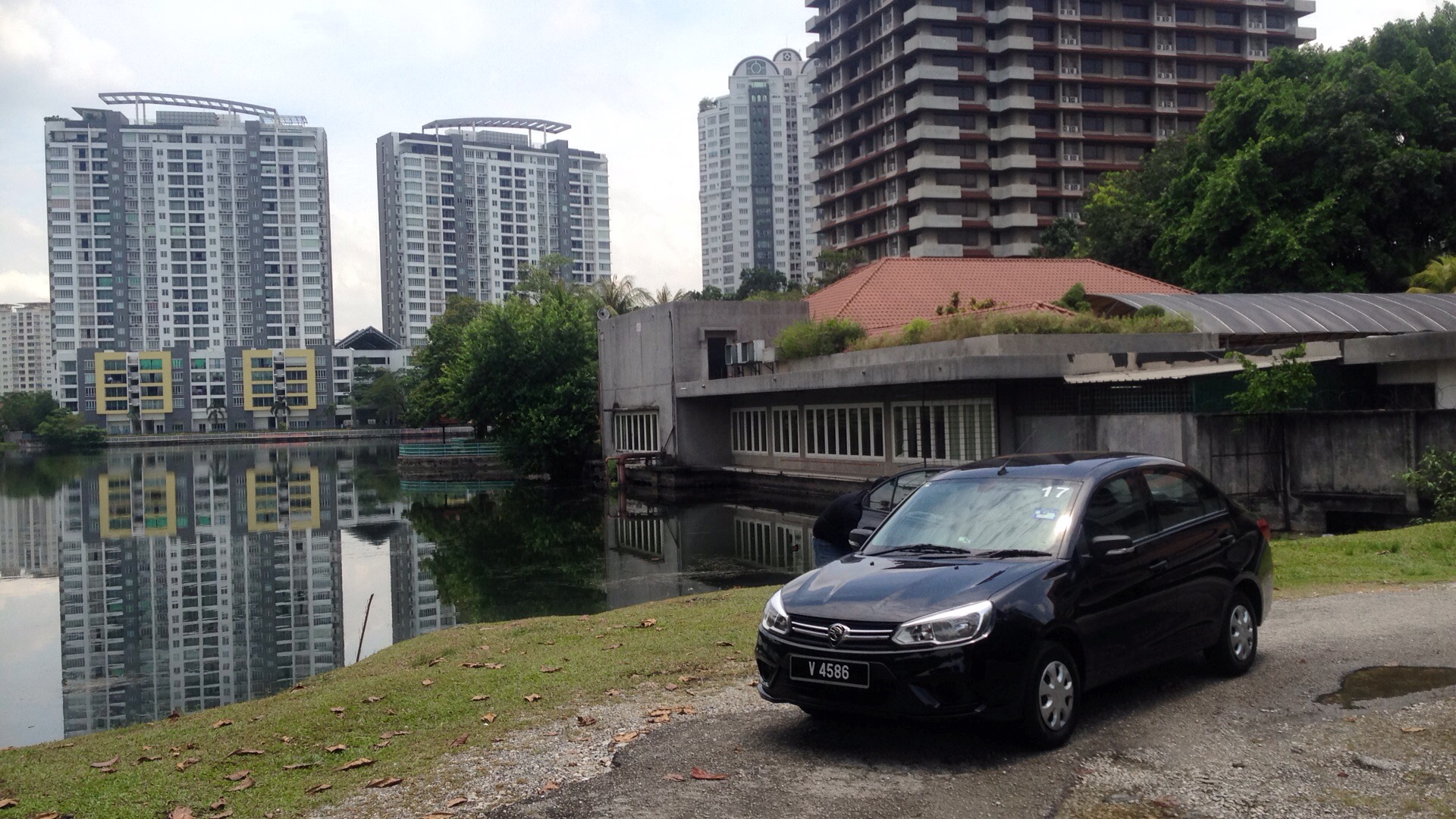
Why is the Saga so important to Proton you ask? Glad you did. In not so many words, the Saga for Proton is like the original Beetle for VW. It’s a “people’s car”. Plain and simple, and if the decades-old credo is to be adhered to, Proton, as a company, was created to provide a feasible means of cheap personal transportation for the ‘rakyat’. Let’s be frank, not everyone can afford a new Perdana or even a Persona, but just about anyone can afford a Saga, which starts at just over RM30k.
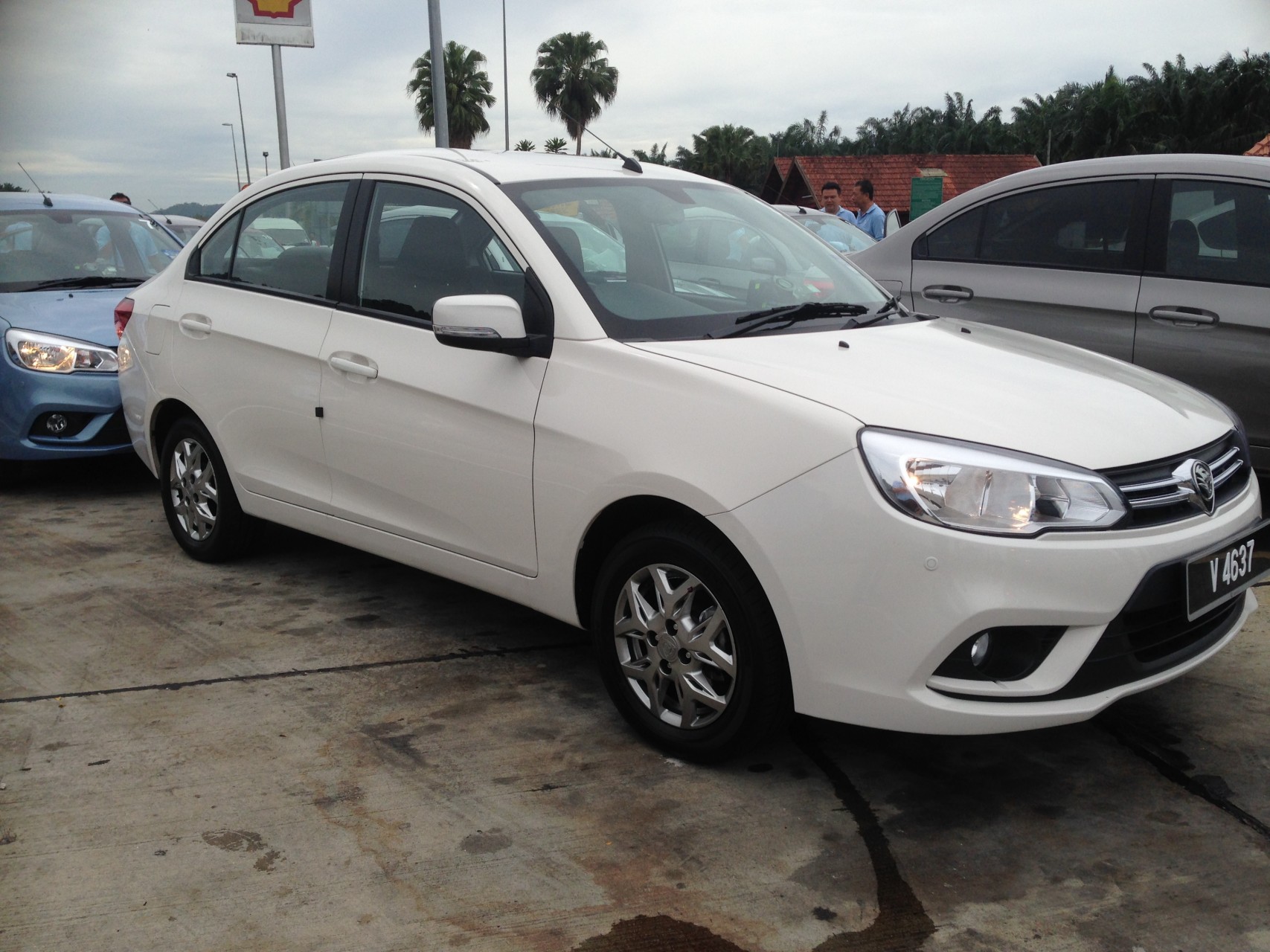
The main problem is that over the course of thirty-odd years, the wants and needs of the people evolved. New players in the game emerged and began offering cars in the smaller segments that were not far-off the mark insofar as purchase price was concerned. The advent of ‘creative hire-purchase’ financing schemes also had an effect on eventual sales, whereby people suddenly realised that for a few bucks more every month, they could afford something besides a Proton as a first-car.
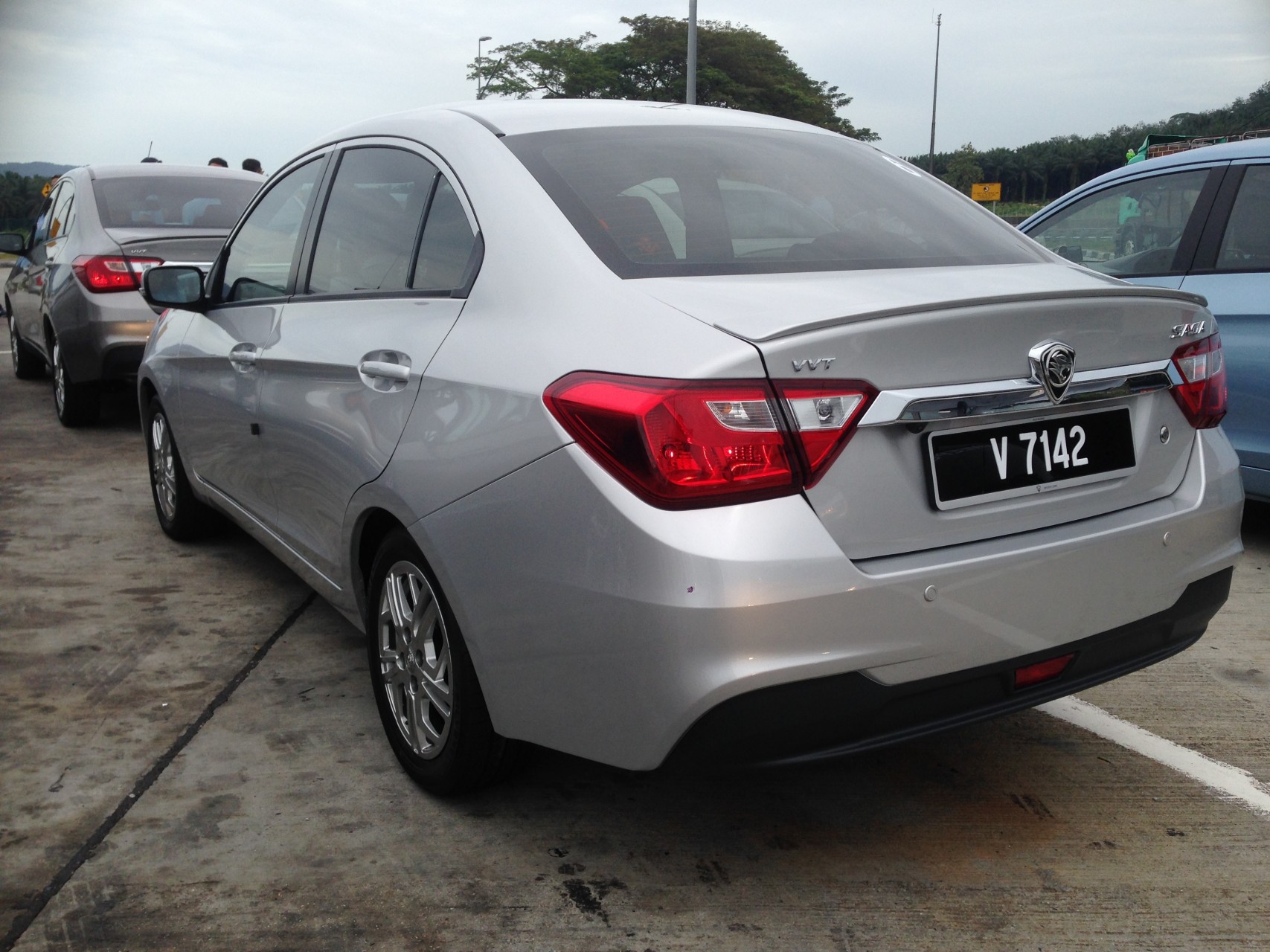
Of course it really, really didn’t help that Proton’s introductory models suffered from another ignominy, one that would prove much harder to overcome. Countless times have I mentioned this in the past, and even reiterated it during the subsequent post-drive press-conference. The main problem was that while the likes of the Proton Saga were indeed cheap to buy, they were also shockingly cheap in terms of the quality of components being used to make the cars, something I mentioned in a previous article a while back, which incidentally almost got me blacklisted from all future Proton events.
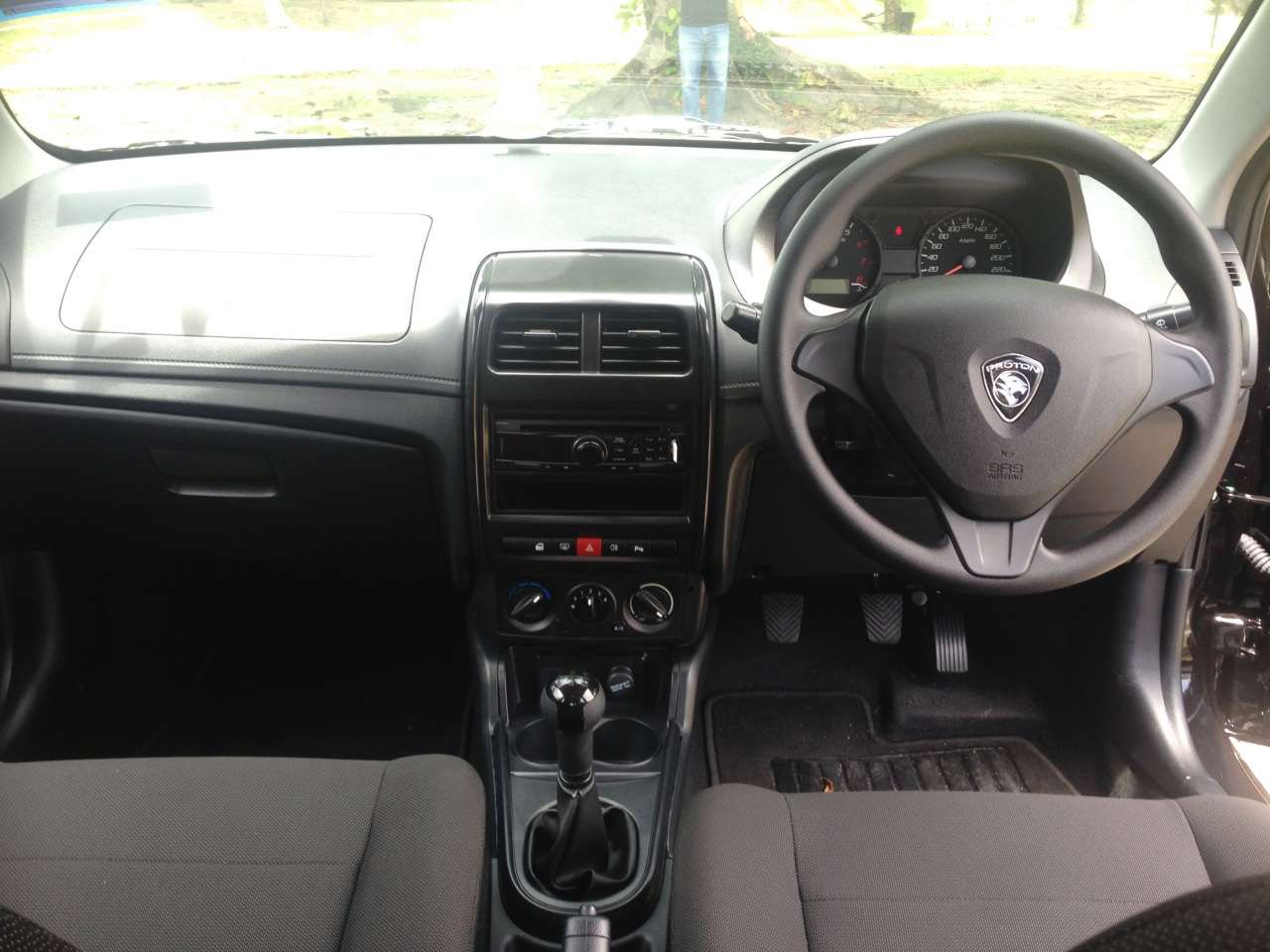
The fact that I’m writing this having just returned from an extensive drive with them proves one thing; I wasn’t, and Proton has been listening. The bottom line was this: Why can’t they make a car that’s cheap for the public to buy, and yet not look and feel cheap? I was actually quite delighted to find out later that this very premise was one of the new Saga’s core-values during its creation, which spans more than five years. ‘A cheap car for the people that didn’t look or feel cheap’. After 30 years, have they succeeded?

By their own admission, they’re still looking into areas to further improve the Saga, which is a good thing, because it’s all too easy to forget the ‘lesser’ models, and concentrate on the ones in a higher class. Back to the new Saga, it’s a fine effort really. Right-off the bat upon entering the cabin, it’s quite clear that a lot of emphasis has been given to the ‘living quarters’ of the Saga. In terms of cabin materials, much has been improved insofar as tactile-feel is concerned. There’s an air of ‘up-marketness’ within the confines of the new Saga, which despite looking small from the outside, is quite roomy on the inside for an A-segment sedan. At 6’2”, I was able to get comfy behind the wheel, and even the back seat.
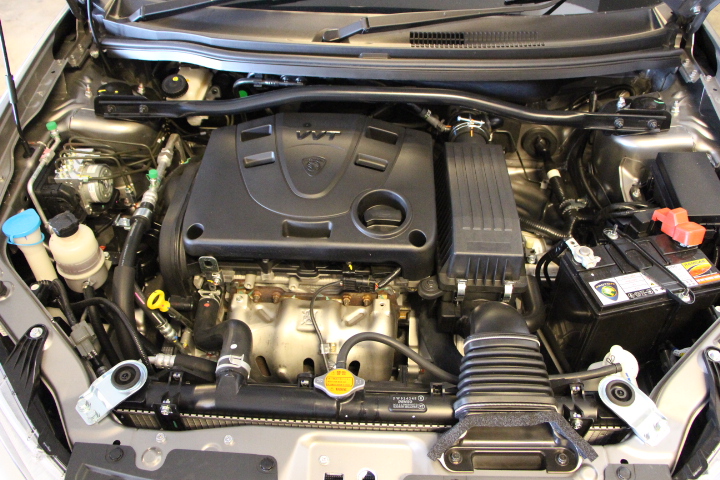
Everything within the driver’s ‘touch-zone’ feels good; the combinations of hard and soft-touch panelling, not to mention panel gaps, are all in the realm of cars that cost a lot more. It’s not perfect though. The armrest on the door panels are still a bit hard, and for some odd reason, for the baseline model, there’s not even a small lever to adjust the wing-mirrors; they have to be adjusted from the outside by pushing the mirror-face. No, really.
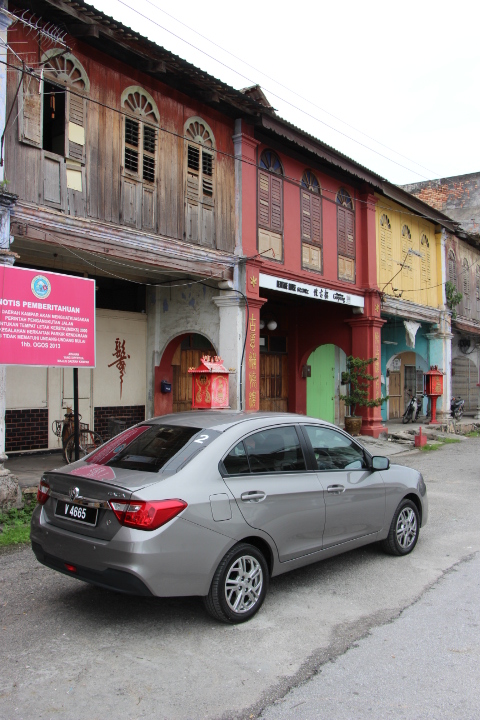
This next point of contention though, needs to be addressed immediately. As per new UNECE regulations, the new Saga is equipped with a centralised rear fog-light (photo above, below the number plate), however, there is no amber-warning light on the dash to inform the driver that it’s on. The button on the centre-stack to activate it does turn from green to amber when in use, but that isn’t enough. I’m sure many of you have already encountered motorists driving on a crystal-clear night with those blinding rear-fogs on, and they are the ones that do have a warning light on the instrument cluster to inform them that it’s on, the Saga doesn’t. Check out AF’s recent article on the proper use of rear fog-lights here.
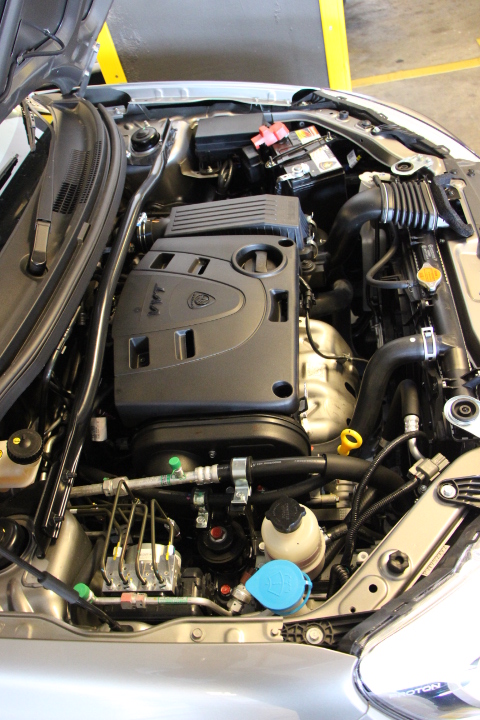
Engine-wise, all three of the new Saga variants (Standard, Executive & Premium) are equipped with a 1.3-litre Campro VVT engine, mated to either a 5-speed manual or CVT. (You can read more about the spec levels of all three variants here). The engine is good for about 94bhp and 120Nm of torque, and while those may not be earth-shattering figures, it does allow the Saga to move along at a rather nippy pace. Speed of course is not a major determining factor for a car like the Saga, instead, I was most impressed with the NVH reductions. Cruising along on the highway at a decent clip, the Saga exhibits the kind of NVH suppression that’s usually found in more expensive cars.
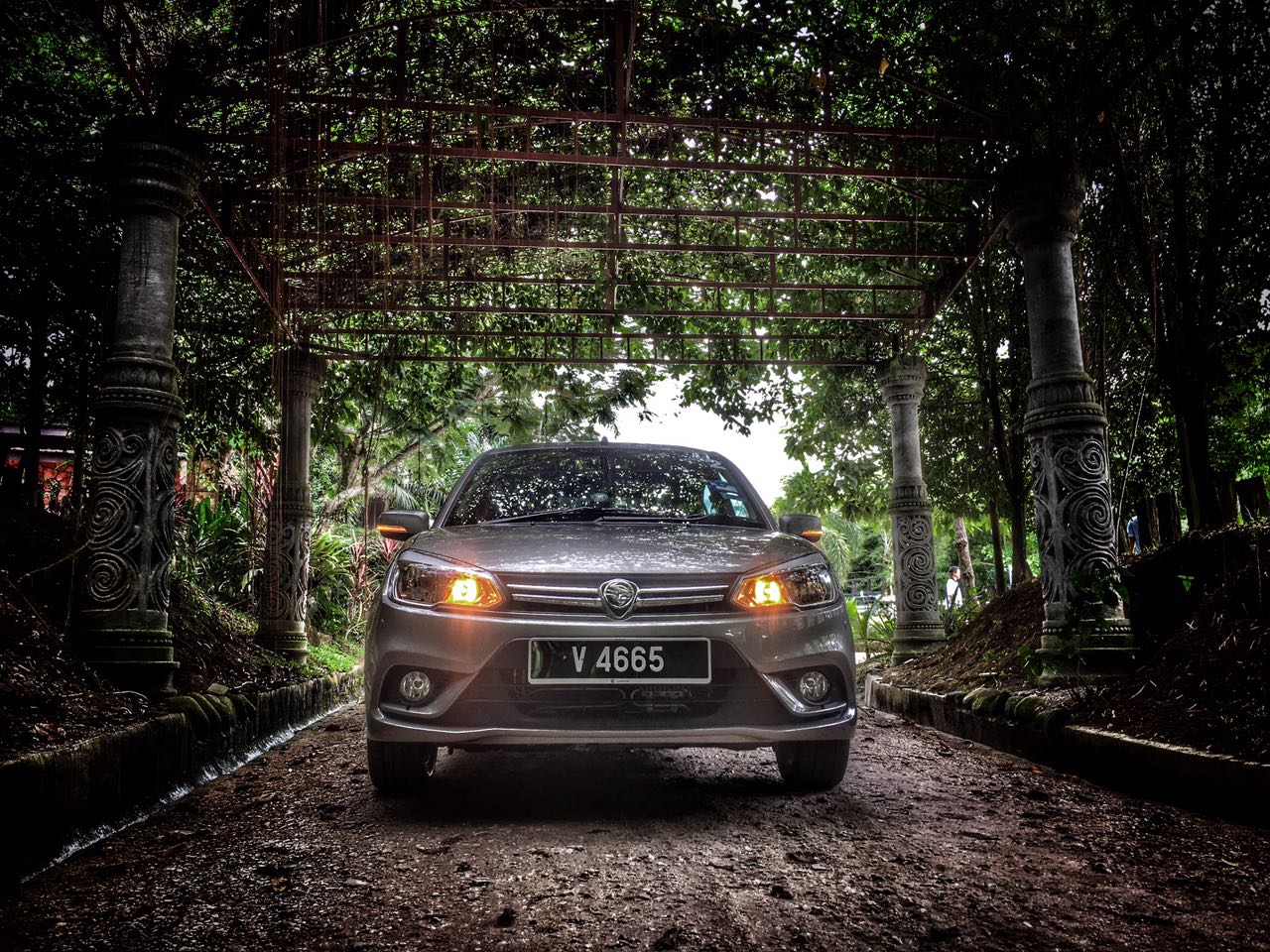

Is it perfect? No, nothing is. But I’ll say this. It’s a damn fine effort by our first-national carmaker, and the fact that they’re still constantly making improvements shows that they still have a ways to go before calling it quits. With this much effort and emphasis put into an introductory level car, I for one can’t wait to see what they come up with next. Oh yeah, it’s the Ertiga, and do stay tuned for that! – Chris Wee.
Other posts by Chris Wee


